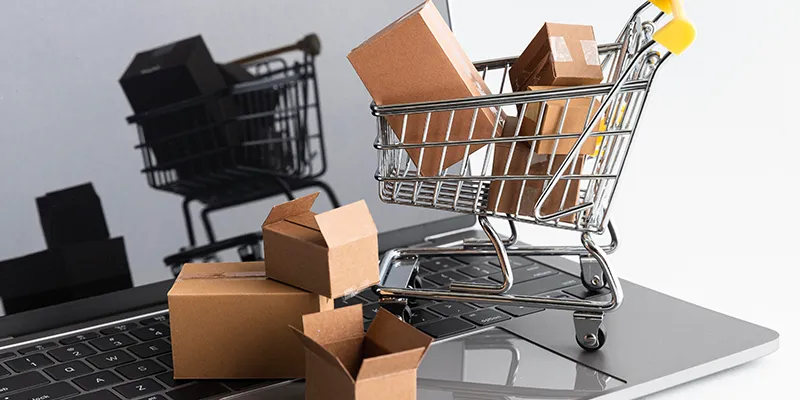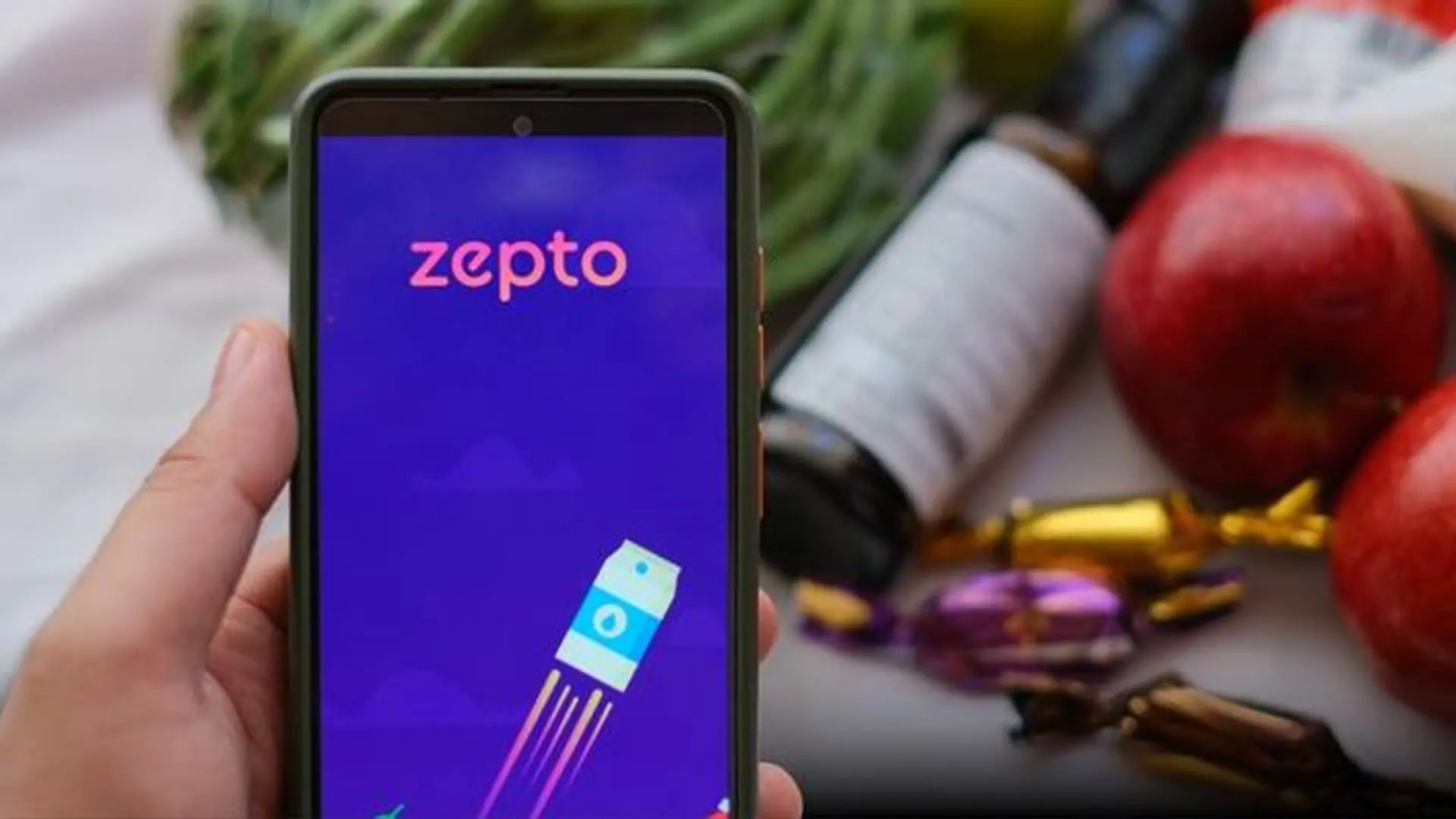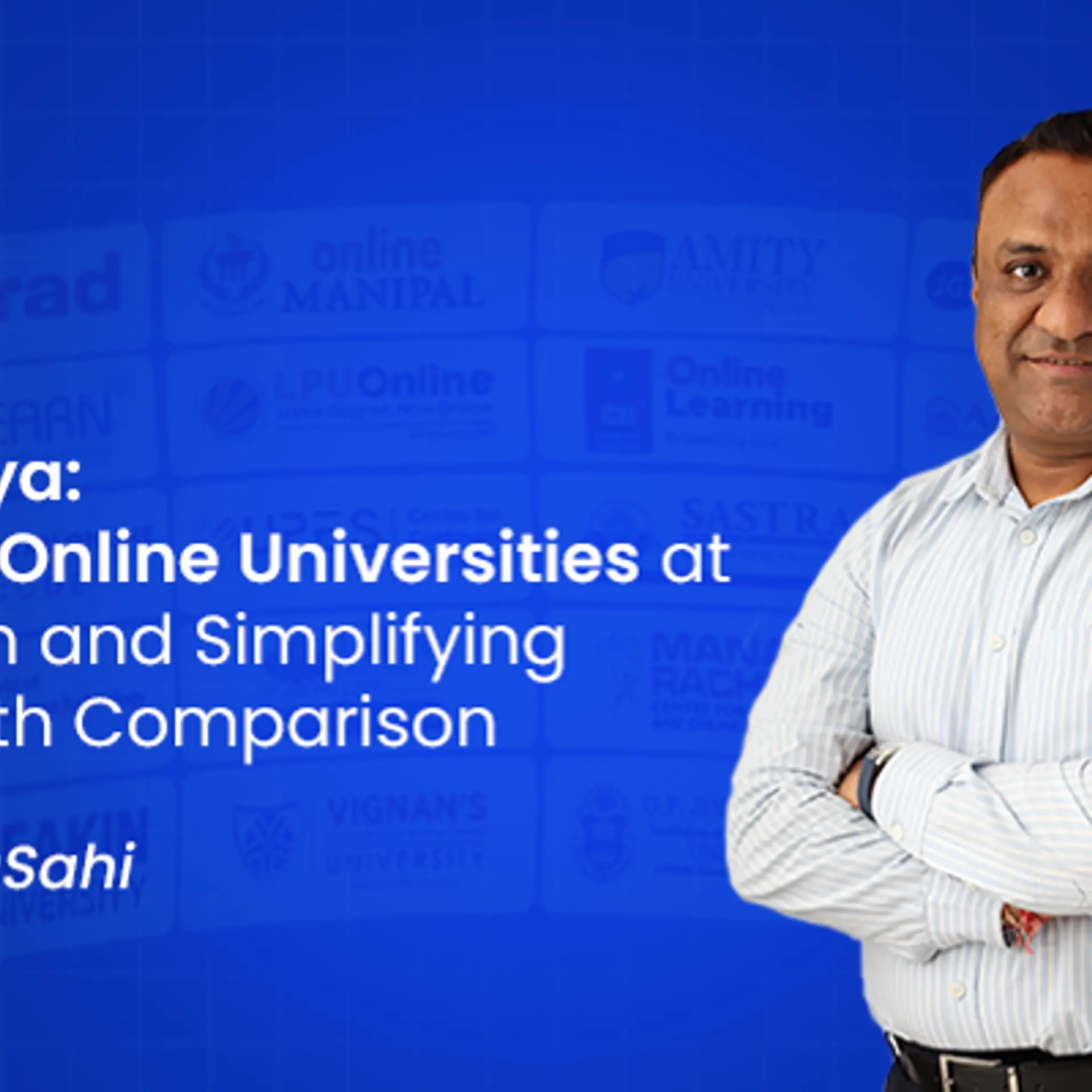[Matrix Moments] Why B2B marketplaces need a separate framework as compared to other models
The Matrix Moments Podcast returns after a gap. In this episode, Avnish Bajaj Founder and Managing Partner, Matrix Partners India, and Rajinder Balaraman, Director, Matrix Partners India, talk about why separate models are needed for B2B marketplaces.
In the post COVID world, e-marketplaces are ruling the roost. There are various kinds of marketplaces today, but there is a need to look at a separate framework for B2B marketplaces.
Explaining why from a personal perspective, Avnish Bajaj, Founder and Managing Partner, Matrix Partners India, says,“Baazee was clearly an auction site, which is now known as a B2C marketplace. But there was no market in India when we started in 2000. So, we had to hustle and figure out ways to survive.
"It was the first time I learnt about B2B marketplaces. In the US, they were started as procurement hubs. For example, Commerce One and Ariba. Between them, these two companies had reached a market cap of $100 million. It was the top of the dotcom bubble.”

He adds that Niren Shah, who now runs Norwest Partners, advised the Baazee team that was looking to generate revenue to use auctions to save people money on procurement.
“Our first auction was for StanChart Bank’s cheque books that they were procuring. They saved 27 percent and we used to charge 20 percent of the savings. It was a Rs 2 crore contract in 2000; this was serious revenue,” Avnish says.
B2B: a full-stack experience
When it came to different categories like auto or bank to dealer options, the team got the first exposure to the idea: how do you do this without being exposed to internet penetration in the country?
That is the difference - B2B tends to be more controlled and a full-stack experience.
“We used to actually tell people the auction event is happening between this time and this time, and call bidders sometimes to bid on their behalf because they don’t have access to the internet. Believe it or not, the INOX in CR2, the first INOX in Mumbai, all the seats were procured through the Baazee auction platform and we had international bidders coming in,” Avnish says.
Thus B2B is more full-stack; you’ve to "provide logistics, procurement is one part, payments and trust issues are different as is opacity. It is very different structurally".
The Alibaba example
In B2B marketplaces, China’s Alibaba is taken as one of the best examples. It was horizontal and thin stack.
Avnish explains this also has context. He says in 2001, China, which had started becoming a manufacturing hub through the 90s, joined the WTO. They had built up capacity and had to plug in demand; till then, they didn’t join WTO. As soon as they wanted to plug in demand, they joined WTO. The next thing you know, the world wants to buy, and they have the supply.
At that time, China was still a controlled market, and Alibaba stood out. Exports from China were huge, especially smaller value, and larger ones would obviously probably be all in-person buying.
“I think people have to keep that context. Now flip that context for India; what has happened? With China going through issues, Vietnam and Bangladesh are leveraging their experience; hopefully, we will too. There is now Make in India, MSME incentives …COVID.
"COVID has made tech go very deep so we can also have these kinds of marketplaces that can do it. But I think Alibaba is very, very context-specific. Indiamart in India is also a little context specific. The reality is that if you have to do it today, you have to be much more full stack,” Avnish adds.
Volume vs Value
Avnish explains the differentiation begins in the buying process: light touch versus deep touch. “Does it require a lot of hand holding…how many buyers? Most businesses would not buy anything without an approval committee, without multiple levels of approval,” Avnish says.
In volume versus value, in B2B ends up being a long sale cycle. It's higher value but once you get it there’s potentially a lot of repeat. B2C is higher volume and lower value. Pricing is very important - is it fixed, negotiated, or is there a contract?
B2B will often have volume discounts, and negotiated bespoke pricing.
“I think in our framework the founder architect tends to be very different. B2C tends to be more ‘C’ as in consumer; B2B tends to be more ‘B’ for Business. So I think domain becomes critical. B2C guys have more customer insight and think differently on emerging trends.
"In B2B, if you’re providing logistics and payments, you can monetise all of that. In B2C typically, that’s taken as part of the service. Those are the differences; even though they’re converging, I think they’re significantly different,” Avnish says.
Listen to the podcast here
Edited by Teja Lele


![[Matrix Moments] Why B2B marketplaces need a separate framework as compared to other models](https://images.yourstory.com/cs/2/a9efa9c02dd911e9adc52d913c55075e/Imageg6e2-1625227664570.jpg?mode=crop&crop=faces&ar=2%3A1&format=auto&w=1920&q=75)




